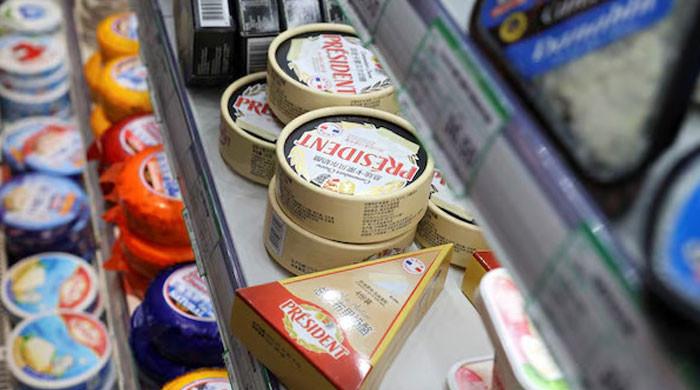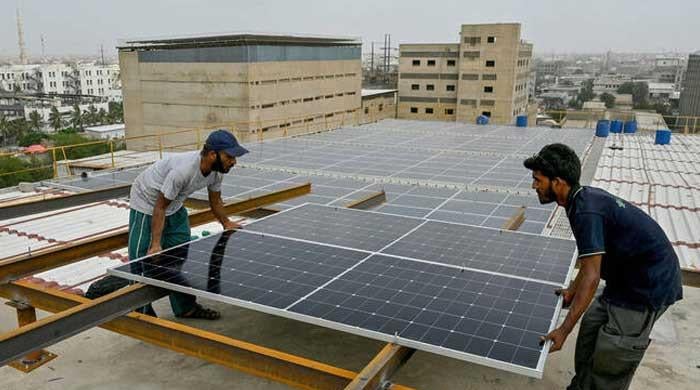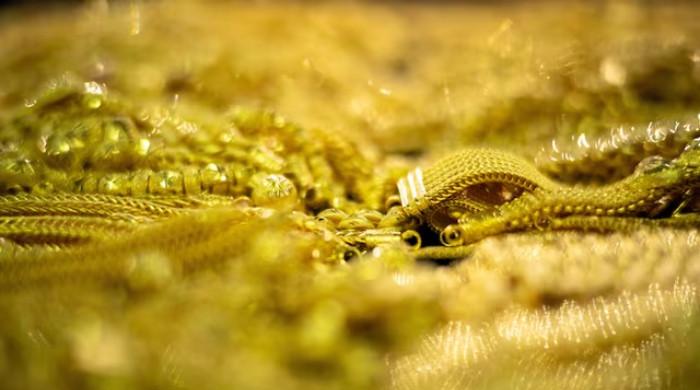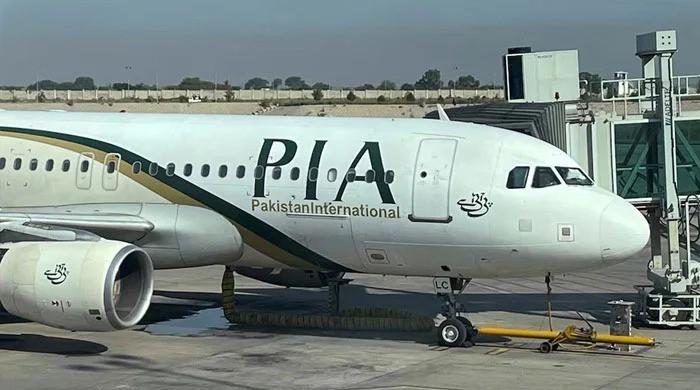Rupee recovers from record low due to suspected SBP intervention
Suspected central bank intervention aided rupee's recovery from previous session's record low against dollar
December 31, 2021
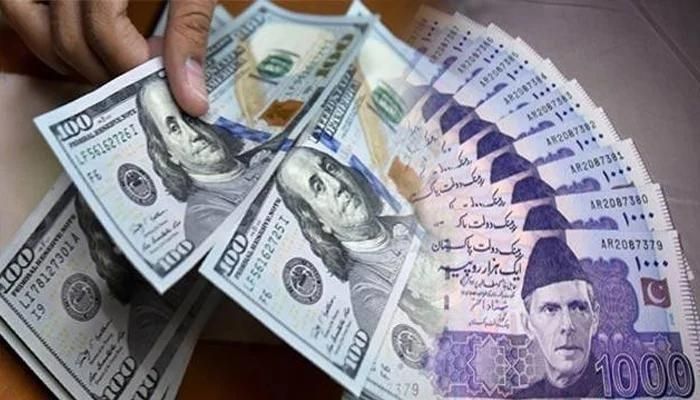
- The rupee ended 0.41% higher against the dollar on Thursday.
- Experts suspect central bank intervention that aided the local currency's recovery from the previous session's record low.
- The rupee has recovered to 177.51 against the dollar today (Friday).
The rupee ended 0.41% against the dollar on Thursday, as a suspected central bank intervention aided the local currency's recovery from the previous session's record low, while the cabinet's approval of a supplementary budget to secure funding from the International Monetary Fund (IMF) also helped boost sentiment.
Since Wednesday's interbank close of 178.24, the rupee has recovered to 177.51 against the dollar today.
Even in the open market, the rupee has appreciated.
As of Wednesday's close, it was trading at 179.50 against the dollar — an increase of 80 paisas compared to Wednesday's close of 180.30.
Retailers asserted that the SBP has pumped dollars into the market in an effort to stem the market's further fall.
A foreign exchange dealer said, "It appears finally the central bank stepped in to support the currency and calm nerves.
At the end of this year, the SBP wants the rupee to be stronger."
Because of an agreement with the IMF to secure a fifth tranche of $6 billion in loan funds, the government presented the National Assembly with a Rs360 billion mini-budget that would eliminate sales tax exemptions and impose new duties.
It has been passed by the PTI-led cabinet to give the State Bank of Pakistan more autonomy.
To reactivate the Extended Fund Facility, the IMF requires the Parliament to approve these two pieces of legislation (EFF).
The IMF's executive board will meet on January 12 to approve a $1 billion loan tranche, and the government plans to present the sixth review of the EFF at that time.
Some investors had a better outlook for the rupee's future because of the completion of the previous review's prior actions, according to analysts.
An application that tracks financial markets says that "today's move has improved investor perception about the economy as well as the rupee," Faisal Mamsa, an analyst.
Exporters selling dollars in the market will increase their numbers.
Mamsa predicted that if the IMF approves the disbursement of the next loan instalment, the rupee will rise to 176 levels.
It was widely accepted among economists that the rupee's recent recovery was the result of possible support from the central bank and was not in line with economic fundamentals.
There is a possibility that the central bank could intervene.
Ismail Iqbal Securities analyst Fahad Rauf said there was nothing fundamentally wrong.
In addition, the "recent week reserve numbers released today show a decrease."
At the end of December, Pakistan's foreign currency reserves stood at $24.3 billion, down 1.5% from the previous week.
At $17.9 billion, the SBP's reserves are down 1.6% from a year ago.
The SBP has enough cash on hand to cover imports for 2.8 months.
Because of rising import costs and high international oil prices, the Pakistani rupee is under even more stress than it was before, due to concerns that the country is on the verge of entering into a balance of payments crisis.
Because of this, the rupee has fallen 11.25% in value since the beginning of the current fiscal year.
In an effort to calm investors, the SBP recently announced a slew of new measures.
To reduce speculative trading, it tightened the rules on purchasing foreign currency from forex firms.
With the release of the latest monetary policy statement and the subsequent television interview by the SBP's governor, it provided forward guidance on interest rate settings indicating a pause on further interest rate hikes and liquidity injection into the money market.





